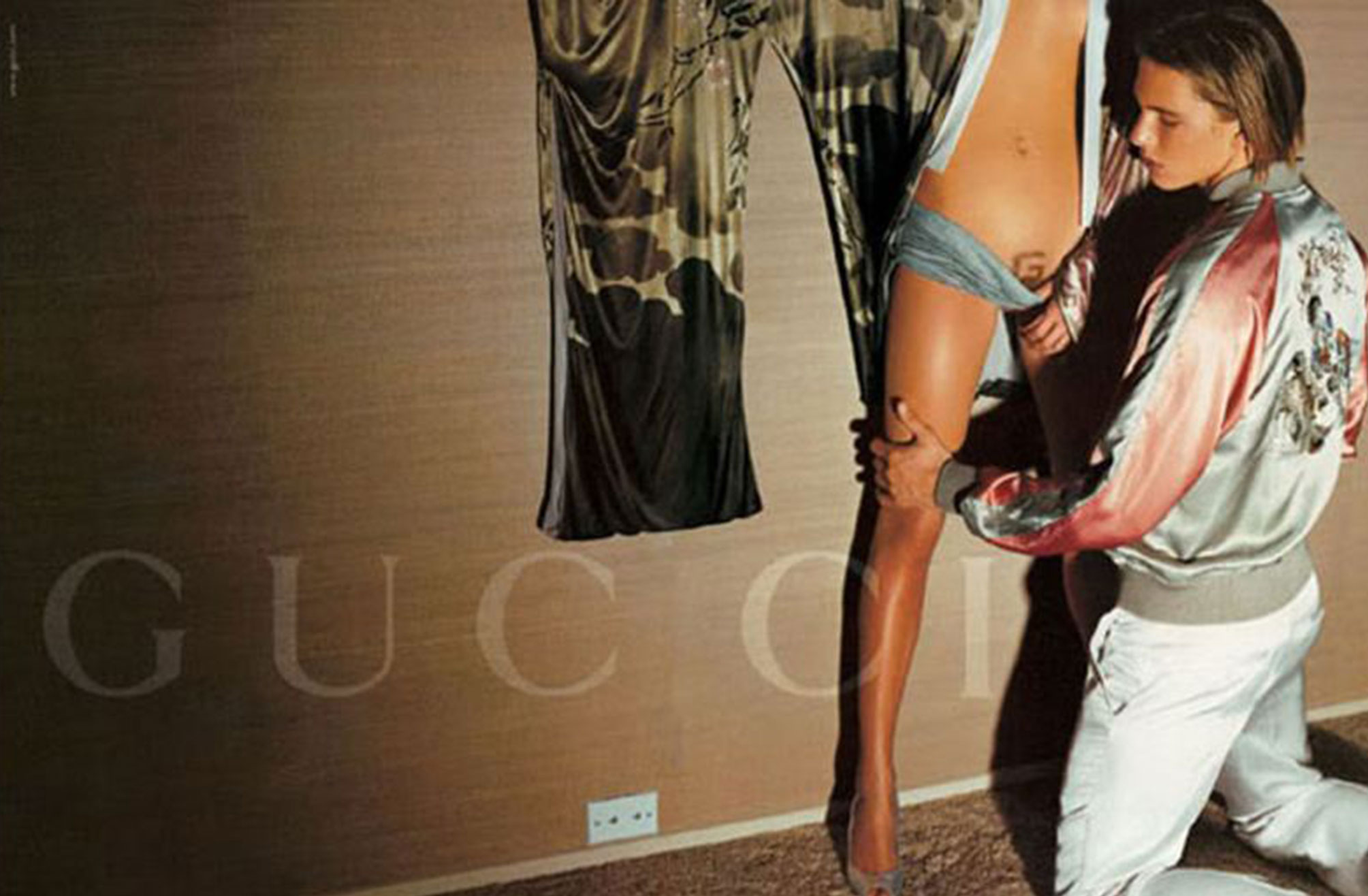Wear your brand on your sleeve and trade on your trademarks
Is this 2015, or 1995? When did we decide we all wanted to be branded again?

Back in January, before the Gucci show – which turned out to be the unexpected, unannounced and unofficial debut of the label’s now creative director Alessandro Michele – I asked a Gucci executive about the house’s stance on the double-G logoed canvas. Under Patrizio di Marco, Gucci had cut down on the logo-a-go-go stuff, slicing out those “entry level” products and focusing instead on leather. The CEO changed on 1 January, to Marco Bizzarri. And, the executive said, the logo stance had changed, too. Cut to a few days later, and Gucci’s first model emerged with a double-G belt spanning his skinny hips. A month later, there was a major assertion of Gucci’s literally signature canvas at its autumn/winter womenswear show.
Was this 2015, or 1995? When did we decide we all wanted to be branded again?
Maybe when the revolving door of designers began spinning ever-faster. It’s interesting that both Louis Vuitton and Gucci have recently changed creative heads – so perhaps they’re now using the logo to assert their allegiance to the brand, and to tether unexpected aesthetics to house values. That certainly seems the case with Michele: what easier way to ally his brand of “granny chic” with the sexed-up style of predecessor Frida Giannini? Ok, maybe easy is the wrong term, but the Gucci trademark certainly helps.
In Pictures: Gucci by Frida Giannini
Show all 19Ah, trademarks. Shall we talk about those? Because the logo is re-asserting itself at a time when copying is rife. Not counterfeiting, I mean, but apeing the design features of a garment without claiming it outright as the real deal. To the untutored eye, it can look identical, with only the logo missing.
That’s particularly pertinent to Louis Vuitton, which lost its court appeal to trademark its Damier checkerboard pattern in May. Come Kim Jones’ spring/summer 2016 menswear in June, the focus was on the monogram like never before. “Damier is the thing that’s more masculine here – even though I love the Monogram and it’s great to use,” Jones had told me a couple of years earlier. Fashion moves quickly, of course, so it’s natural he would change his mind. But the timing – off the back of that court ruling – is fascinating. I wonder if the Vuitton volte-face came from Jones’ creative instinct, or LVMH’s commercial nous?
Whichever, it raises a perennial question about the lure of the logo. What is it saying? For consumers, it’s about assertion. Assertion of wealth, sure. But also assertion of their own identity, via designer brands’ identities. And there’s no chance of misinterpretation: you’d never muddle up your LV with your GG. In a world of homogenised designer distinctions – and faster knock-offs – maybe the logo is the only true way of marking your turf? And making sure no-one else yanks it out from under your feet.
Subscribe to Independent Premium to bookmark this article
Want to bookmark your favourite articles and stories to read or reference later? Start your Independent Premium subscription today.

Join our commenting forum
Join thought-provoking conversations, follow other Independent readers and see their replies